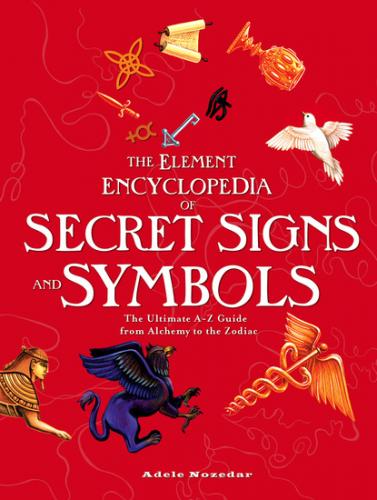THE PARASOL
Represents the sky, and is not only a symbol of protection but a sign of expansion and learning.
THE TWO GOLDEN FISH
These are also a symbol of the eyes of the Buddha, and act as a reminder to be fearless no matter what fate brings.
THE TREASURE VASE
Any representation of a vessel is as important for the space it contains as well as for any material objects it might be able to hold.
The spiritual treasures within this vase include good health and a long life, good luck, wisdom, and prosperity.
THE LOTUS FLOWER
Symbolizes purity of mind, body, action, and speech. The lotus flower rises above the metaphorical “muddy water” of attachment and desire.
THE CONCH SHELL
Because this shell can be used as a sounding horn, it acts as a reminder that followers need to be open to the sound of the Buddha’s teachings and that they need to stay awake (in a metaphorical sense), remaining aware and alert.
THE ENDLESS KNOT
Symbolizes compassion and wisdom combined, and the need to unite spiritual and material matters.
THE VICTORY BANNER
Represents the triumph of a positive mind over seemingly negative obstacles.
THE DHARMA WHEEL
Represents the teachings of the Buddha. It is also a Mandala or Sun symbol.
ASSON
For practitioners of Voudon, the asson is a sacred rattle, made from a large dried-out gourd with seeds inside, and covered with beads and snake bones. It is used in important rites and ceremonies and is itself a symbol of the authority of the Houngan, the Voudon priest who is considered the Chief of the Spirits. The asson is the equivalent of the scepter. It is a larger object than the musical instrument called the cha cha, although they do have a similar appearance.
ASTRUM ARGENTUM SEAL
This is the seal that was designed by Aleister Crowley as the emblem of his Esoterical Magickal Order, the Astrum Argentum, or “Silver Star.” The seal uses a seven-pointed star as the basis of its design. See also Cancellarius seal.
ATHAME
This is the ceremonial knife used by a witch. It generally has a black handle, and is used to mark a magical circle, for example, or to direct energy, but is never used to cut anything. For physical cutting, a boline is used. The pointed shape of the blade of the athame suggests the element of fire, which it also symbolizes. The athame is balanced by the chalice, which represents water.
ATHANOR
A key symbol of alchemy, the Athanor is the furnace of the Alchemists. However, as with everything else in alchemy, the Athanor is no simple piece of laboratory equipment. Regarded as the vessel in which transmutation takes place, the Athanor exists on a metaphysical level, too, as the Orphic Egg or as a place of ultimate creation, a kind of universal womb.
ATHEIST SYMBOL
Based on the atomic swirl, this is the symbol of the American Atheist Association, although it is used by other such organizations too. It represents the idea that science is the only thing that can show the way forward to a better life for everyone. The broken loop at the bottom of the symbol represents the idea that there are questions yet to be asked and yet to be answered.
ATLANTIS CROSS
This symbol, comprised of a cross intersected by three circles, is a sign of recognition among groups who claim an Atlantean descent; that is to say, people who believe that they are descended, literally or spiritually, from inhabitants of the lost island of Atlantis. The crossed circle that forms a main feature of this symbol represents the four elements and the four directions.
AWEN
The Awen is related to many new Druid movements. The actual word, which is Welsh, means “inspiration” or “essence.” Related to the Breton symbol called the Triban and with a nod to the Trishul, the trident held by the Hindu deity, Shiva, the Awen is composed of three convergent rays, like paths, leading to a high point, a dot (or three dots) similar to the bindhu.
Each ray carries various meanings, which are equally significant and come in sets of three. They stand for past, present, and future: love, knowledge, and truth: male and female energy and the balance between the two, or the three pillars of wisdom. Another interpretation of the symbol is of the three fundamental letters of the name of God, I, O, and U, which, when pronounced contribute to the actual word “Awen,” which can be intoned in much the same way as the Aum of Eastern tradition, used as a meditative focus.
The Order of Bards, Ovates, and Druids places the three lines and the three dots within three concentric rings, further amplifying the meaning of the symbol as well as placing it within protective, magical circles.
AXIS MUNDI
Quite literally, the Axis Mundi translates as the “World Axis,” the axis around which the world revolves and
